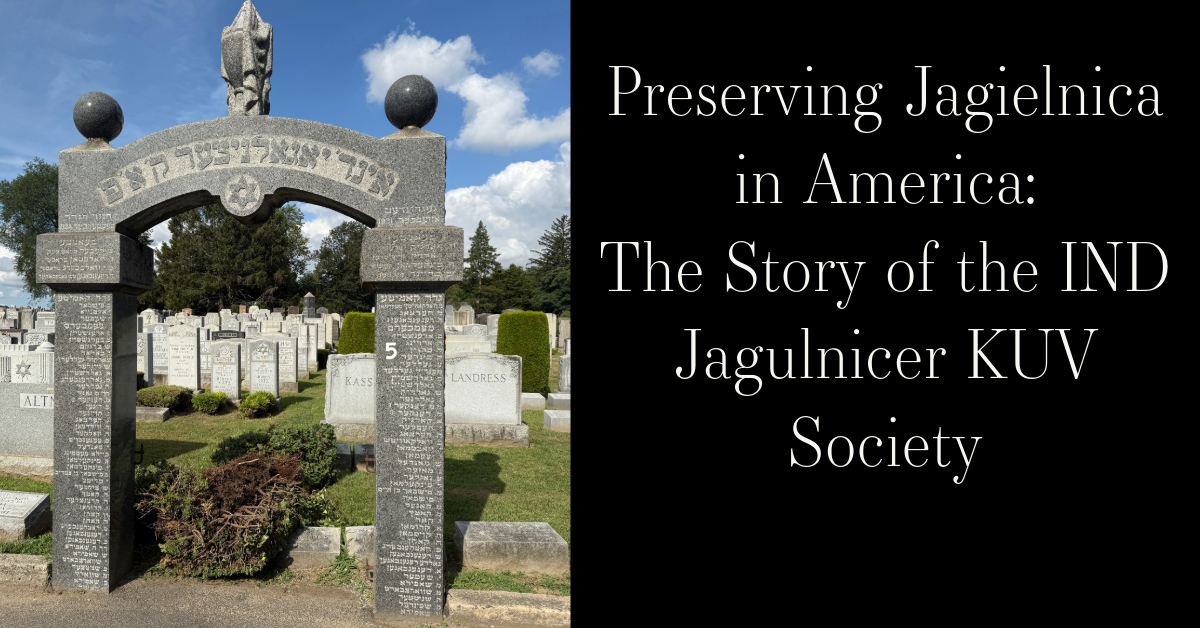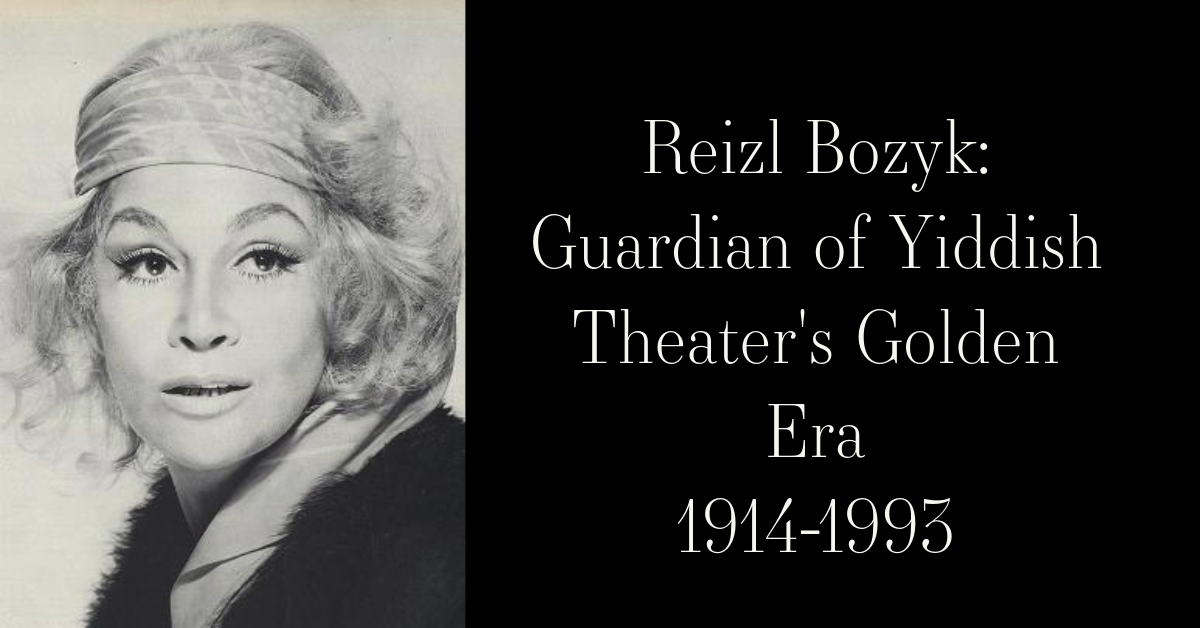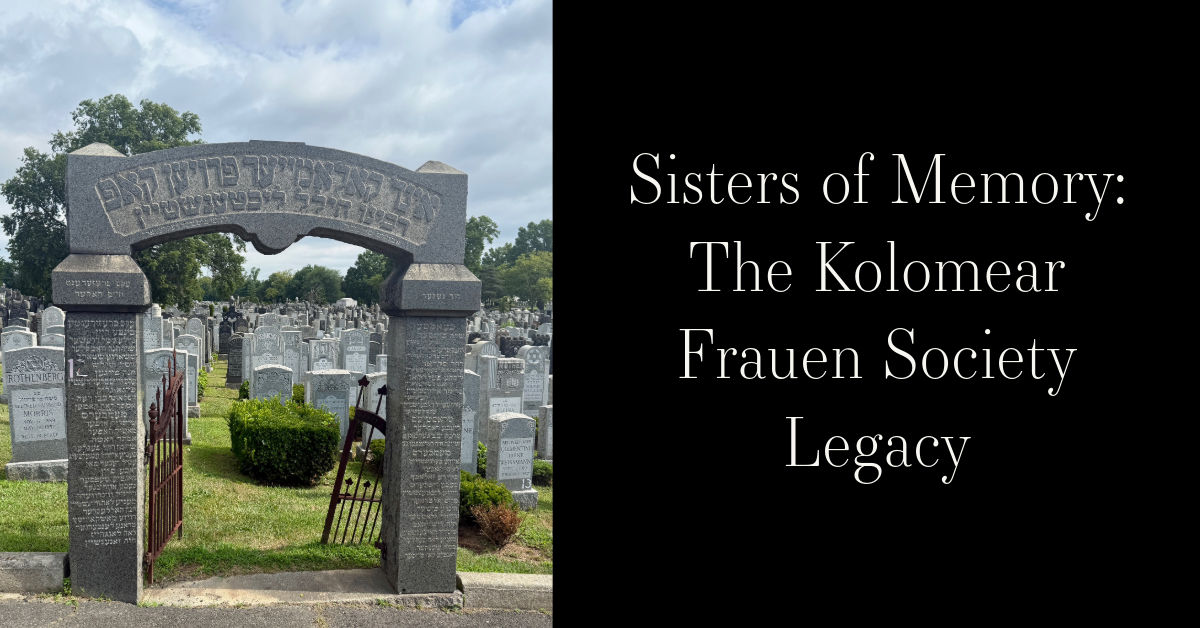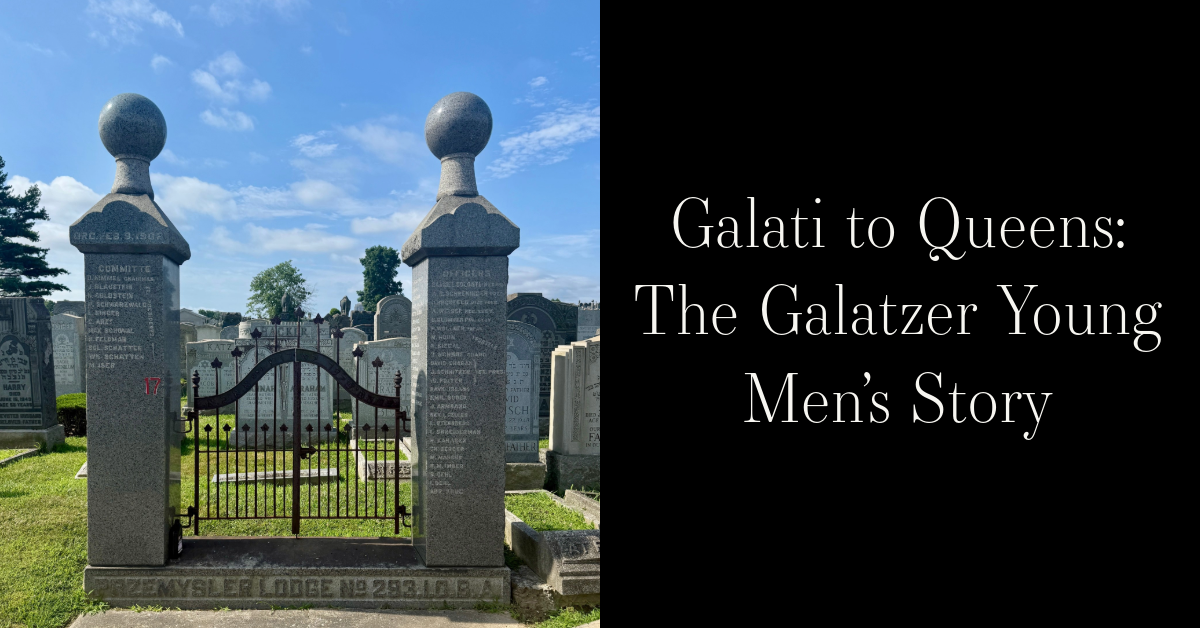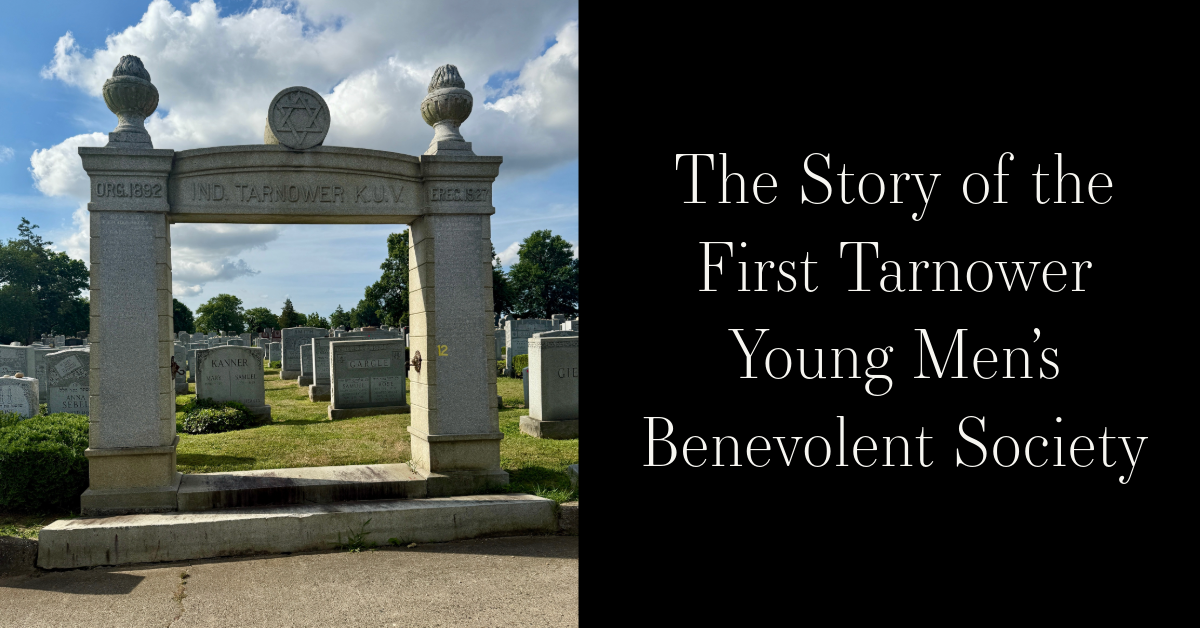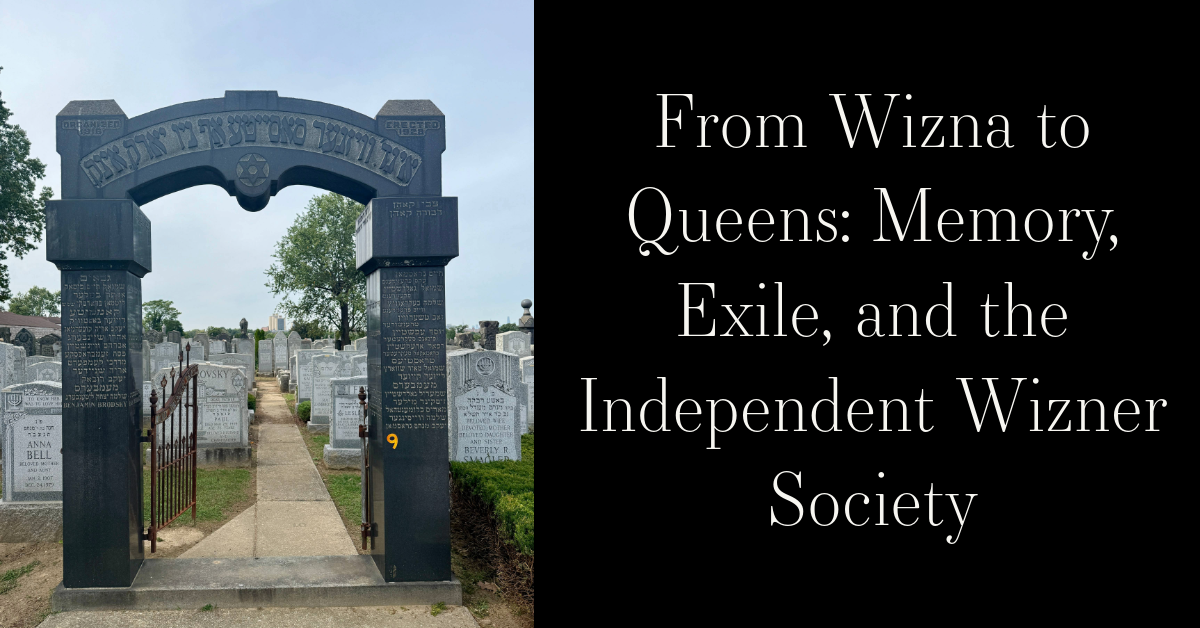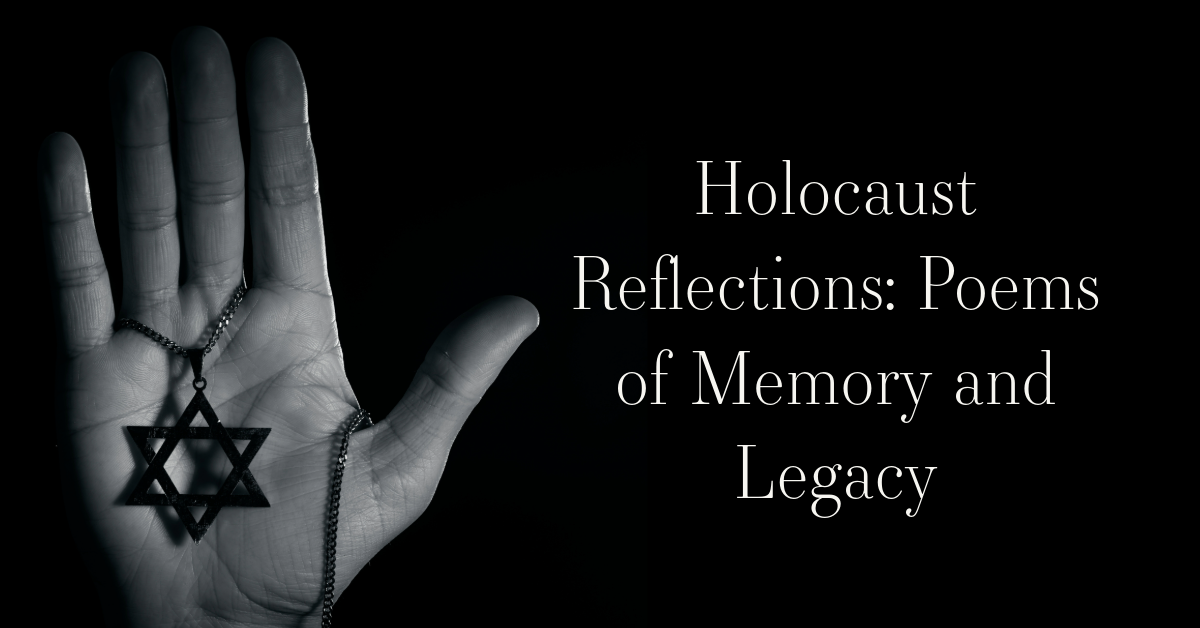Story Summary:
Founded in 1892 and nationalized in 1900, the Workmen's Circle (now known as the Worker's Circle) is a nonprofit originally set up as a mutual aid organization which also provided health and death benefits. The society, initially known by its Yiddish name Der Arbeter Ring, was founded in an apartment at 151 Essex Street in New York City. The organization was created in the late 1800's in response to the hardships faced by newly arrived Jewish immigrants. These problems included ones previously faced in their home countries such as exploitative business practices and poor living conditions. These were compounded with new challenges such as integrating into a new country while maintaining traditions. Consequently, the Worker's Circle is historically associated with Jewish Unions and Socialist ideals. Early members and applicants were required to be union members and were expected to vote along pro-labor lines.
~Blog Written by Emily Hazy
Founded in 1892 and nationalized in 1900, the Workmen's Circle (now known as the Worker’s Circle) is a nonprofit originally set up as a mutual aid organization which also provided health and death benefits. The society, initially known by its Yiddish name Der Arbeter Ring, was founded in an apartment at 151 Essex Street in New York City. The organization was created in the late 1800’s in response to the hardships faced by newly arrived Jewish immigrants. These problems included ones previously faced in their home countries such as exploitative business practices and poor living conditions. These were compounded with new challenges such as integrating into a new country while maintaining traditions. Consequently, the Worker’s Circle is historically associated with Jewish Unions and Socialist ideals. Early members and applicants were required to be union members and were expected to vote along pro-labor lines.
Enrollment rose in the early years after the group’s founding, with a peak of almost 90,000 members in 1925. This popularity was due in part to the fact that few contending organizations existed at the time. Fifty years later, those demographics changed dramatically, with most members being older and of a higher social class than members around the time of its founding. Likely as a result of this change, the Worker’s Circle focused less on leftist political ideals, and focused more on cultural enrichment.
As part of this cultural component, the Folksbien was established in 1915 as a Yiddish theater company. The Folksbien still exists today, although it no longer appears to be affiliated with the Worker’s Circle. In 1916, the society started after school programs for children which aimed to teach the Yiddish language and Jewish cultural practices. Today, the Worker’s Circle continues to be a bastion for the Yiddish language being, “the largest provider of Yiddish language classes in the world.”
Though it has become less ideologically leftist over the years, the Worker’s Circle continues to abide by its founding progressive principles. Their website states that the society continues to be committed to “Jewish community, an enlightened Jewish culture, and building and collectively engaging an activist community that fights for social and economic justice and civil liberties for all.” For more information about the Worker’s Circle, please visit www.circle.org
Cite:
“About Us.” National Yiddish Theatre Folksbiene, National Yiddish Theatre Folksbiene, 24 June 2020,
https://nytf.org/about-us/.
Margolick, David. “Workmen's Circle: 85 Years of Aid to Jews.” The New York Times, The New
Times, 10 Nov. 1985,
https://www.nytimes.com/1985/11/10/nyregion/workmen-s-circle-85-years-of-aid-to-jews.html.
The Workers Circle, The Workers Circle, 2020, https://www.circle.org/.
Workmen's Circle Records; American Jewish Historical Society, New York, NY.
https://archives.cjh.org/repositories/3/resources/5706 Accessed March 14, 2023.














































